Andy Prendergast is a developmental biologist studying fate choice in neural crest. He lives in Seattle and just published this paper in Development.
*~*~*~*~*~*~*~*~*~*~*~*~*~*~*
Every malefactor, by attacking social rights, becomes on forfeit a rebel and a traitor to his country; by violating its laws he ceases to be a member of it; he even makes war upon it. In such a case the preservation of the State is inconsistent with his own, and one or the other must perish; in putting the guilty to death, we slay not so much the citizen as an enemy…. such an enemy is not a moral person, but merely a man; and in such a case the right of war is to kill the vanquished.
– Jean Jacques Rousseau, “The Right of Life and Death,” The Social Contract
I was walking through my neighborhood, smoking a cigarette I really didn’t want very much, and I heard a commotion in the street. It was a dozen crows squabbling. As I got closer, I realized they had formed a sort of circle. In the center was one crow looking badly mangled, wings bent at unnatural angles, maybe broken, feathers rumpled, struggling to stay balanced as the others pecked and clawed at it from all angles. As in a kung fu movie, the aggressors attacked one at a time; unlike a kung fu movie, the victim was completely unable to deal with the piecemeal assault. The crow became sluggish, exhausted. The attacks did not abate. I walked on. Obviously, I thought, that crow has somehow broken faith with the rest of the murder. And, I wish he’d gotten away with it.
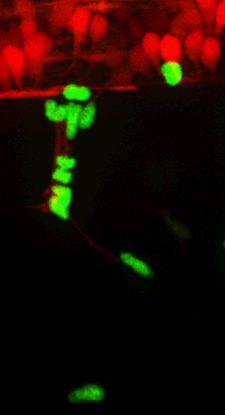 I study embryonic development. Specifically, I study the migratory properties of stem cells that will go on to become neurons, the functional units of the brain and spinal cord. About a year ago, our laboratory received stimulus package money and blew it all on a very expensive microscope capable of making movies of these cells as they move around. Because it’s your tax money that paid for these videos, I may as well show them to you.
I study embryonic development. Specifically, I study the migratory properties of stem cells that will go on to become neurons, the functional units of the brain and spinal cord. About a year ago, our laboratory received stimulus package money and blew it all on a very expensive microscope capable of making movies of these cells as they move around. Because it’s your tax money that paid for these videos, I may as well show them to you.
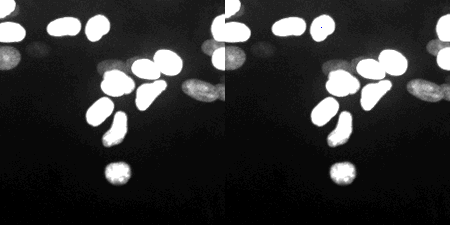
In time-lapse, it’s tempting to assign individual agency to these cells as they move. Inevitably, when talking about these data, I start to treat them as people. “Look at that guy,” I’ll say to my boss, pointing to a particularly fast-moving cell, “He’s cruising.” Or, watching a cell circle around aimlessly: “He doesn’t know what the fuck he’s doing” (cells are inevitably male when I talk about them; blame the patriarchy, I suppose). But no matter how erratic a given cell behaves, things almost always turn out all right. These cells will ultimately band together and form the appropriate structure, stop moving, and the embryo will grow up and go on to lead a long (three years), happy (stuck in a 8” x 8” x 12” tank) life.
This isn’t how cells used to behave, though.
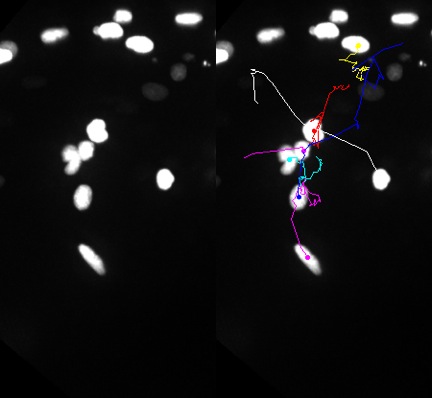
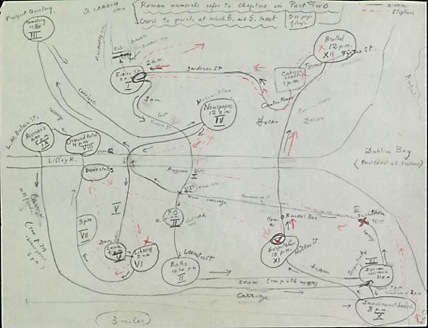
Multicellular life is approximately 1 billion years old, and since life has probably been around for 3.8 billion years or so, it’s still pretty novel (Bonner, 1998). Early cells were largely content to fend for themselves — consuming, dividing, and dying alone. But at some point cells acting with common purpose became so effective at exploiting their environment that they not only thrived, but in fact became wholly dependent on one another for their continued survival.
The slime mold Dictyostelium discoideum is composed of multiple single-celled amoebae that spontaneously aggregate to form a sort of slug. Together, the colony moves, feeds, and finally reproduces. And it is in this reproductive process that the slime mold displays its most staggering behavior¹. Within ten hours, the slug converts itself to a towering bulb atop a slender stalk structure. This bulb then rains spores everywhere, which develop into individual amoebas, and the life cycle begins anew (Ameisen, 1996).
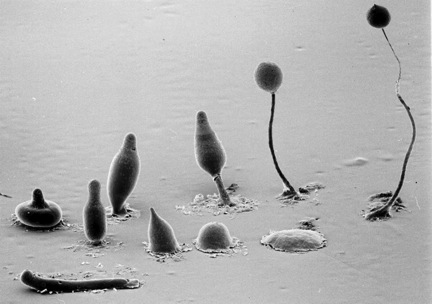
But about a fifth of the cells, all of which led productive amoebic lives prior to reproduction, voluntarily transform themselves into the stalk on which the reproductive bulb sits. And in doing so, they die (Ameisen, 1996). Through some molecular contract, a contract that is still intensely studied, a few individual cells agree to die so that many others may survive.
Humans are aggregate organisms. We’re composed of trillions of cells, swarming over and through one another, working toward a common purpose. Muscles move, teeth grind, throat swallows, stomach churns, genitals fuck. In humans, as in slime molds, it’s necessary sometimes for cells to die. And they die in staggering numbers — as many as 70 billion cells per day in a normal human adult (Karam, 2009).
A common refrain at the Order seems to be: the world is full of death, and our awareness of it has been unnecessarily suppressed. As an extension of that theme, I’m telling you now: you’re a walking cellular Holocaust, and you’re blissfully unaware of that most of the time. Ironically, the moment it becomes most apparent that your body has been killing little pieces of itself for years is when that process fails. Because often, the consequence of this failure is cancer.
Cancerous cells don’t behave like normal cells. Normal cells, when they run into one another, stop. Cancer cells continue dividing. Normal cells stay restricted to one place, obeying the molecular fences that are carefully constructed and maintained to subdivide your body into discrete environments. Cancer cells squeeze through these barriers and live wherever the hell they want. Normal cells are content with the resources the body has provided them. Cancer cells demand more, and so blood vessels grow to nourish them. Normal cells decided long ago to be skin or brain or bone, and having made this decision, they accept their fate. Cancer cells reject this quiet life and form teratomas², growths in which teeth, hair, and even rudimentary eyes or limbs develop. In effect, cancer cells have torn up the contract. They cease to abide by the agreement multicellular organisms made a billion years ago.

Cancer is terrifying. It is tremendously painful, often strikes randomly, and it is in many cases untreatable. A friend of mine has a relative in chemotherapy; she’s recently taken to wearing a shirt that says “Fuck Cancer.” I understand the sentiment. But one might as well say, “Fuck the gradual expansion of the sun which will ultimately consume the Earth,” or “Fuck the heat death of the universe,” because they can be equally inexorable.
I like heist movies. One of my favorites is Heat, starring Robert De Niro as the thief. De Niro’s McCauley is brilliant at what he does, and part of what he does is ignore the rules society has put in place. He is out to get his, at the expense of whomever. And in the end, he is killed by the mechanisms society has put in place to regulate antisocial behavior — shot to death by a detective in a field outside of LAX. In viewing the scene, one does not cheer for law enforcement, or the preservation of our ownership society. In fact, we’ve been hoping he’d get away with it the whole time. (Writer’s note: the previous paragraph is a spoiler of the movie Heat.)
In McCauley, we recognize ourselves: our naked individualism, our barely repressed desire to be renegades. And if it were our money being taken, I suppose we’d be inclined to hate him, maybe even wish for his death. In seeing our loved ones, and even ourselves, stricken with cancer, we cannot muster sympathy for the bizarre growths that destroy us. Fuck cancer. But these tumors are nothing more than our heavily socialized cells returning to their primitive, self-interested behaviors.
Anglicans say ashes to ashes, dust to dust when burying someone. I always liked that, the idea that you return to your base components when the spirit is gone. I tend to view cancer similarly. If and when it takes me (as it very likely will, given my lifestyle and family history), it’ll simply be the rolling back of evolutionary history, the termination of the contract. It’ll be De Niro running out the front door of a bank with a gun and a heavy duffel bag. It’ll be that beleaguered crow getting back up and flying away.
Hopefully not for a while, though.
***
¹ However, researchers published a report this year (Brock et al., 2011) describing farming behavior in slime molds. That is to say, a strain of slime mold exists which cooperates to cultivate bacteria as a food source. No joke. If there is a single-celled organism that lends itself more to anthropomorphosis than the slime mold, I’m not aware of it.
² Literally, “monstrous tumor.”
References
Ameisen, J. C. (1996). The origin of programmed cell death. Science 272, 1278-9.
Bonner, J. T. (1998). The origins of multicellularity. Integrative Biology: Issues, News, and Reviews 1, 27-36.
Brock, D. A., Douglas, T. E., Queller, D. C. and Strassmann, J. E. (2011). Primitive agriculture in a social amoeba. Nature 469, 393-396.
Karam, J. A. (2009). Apoptosis in carcinogenesis and chemotherapy: Springer.

